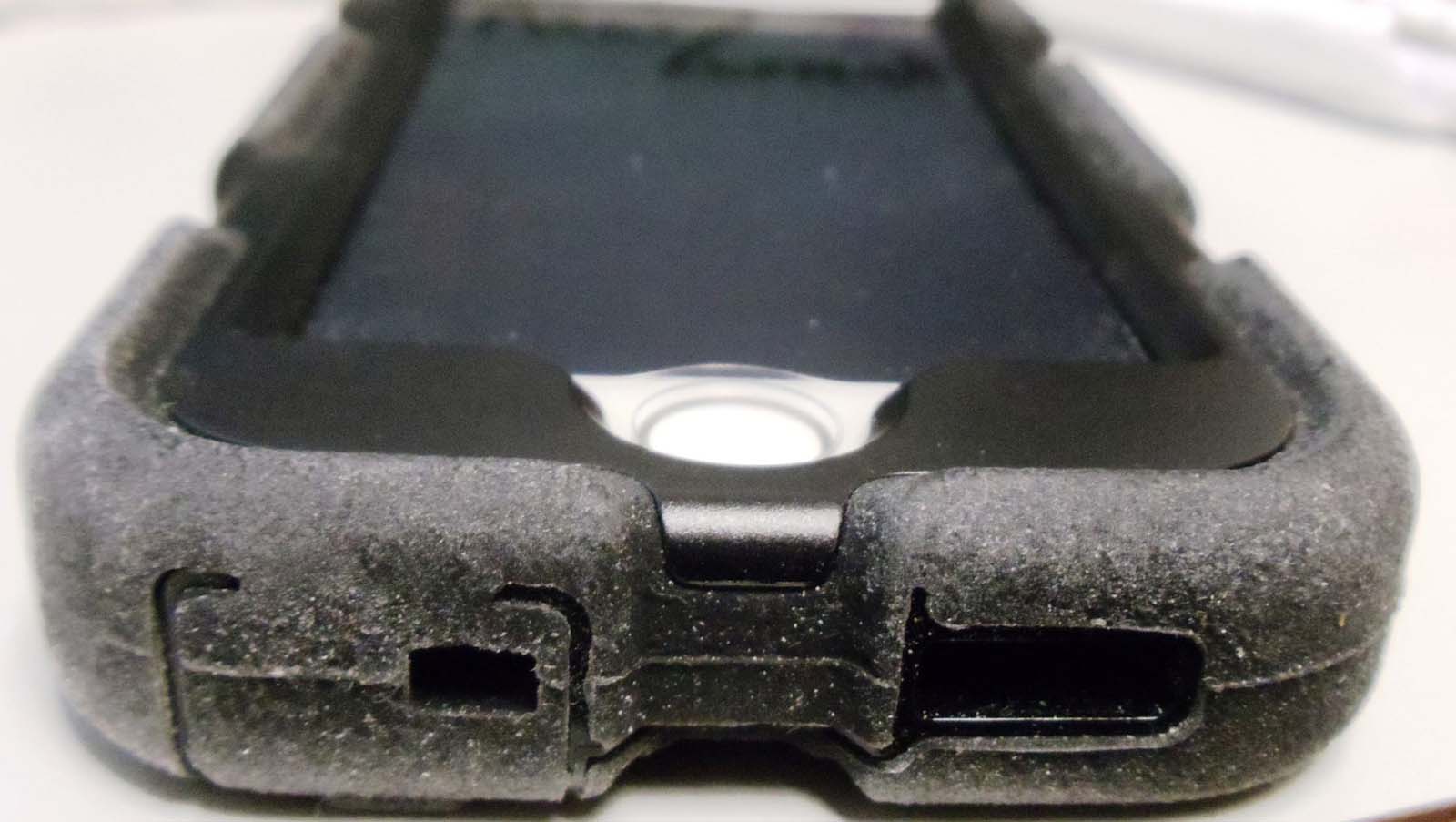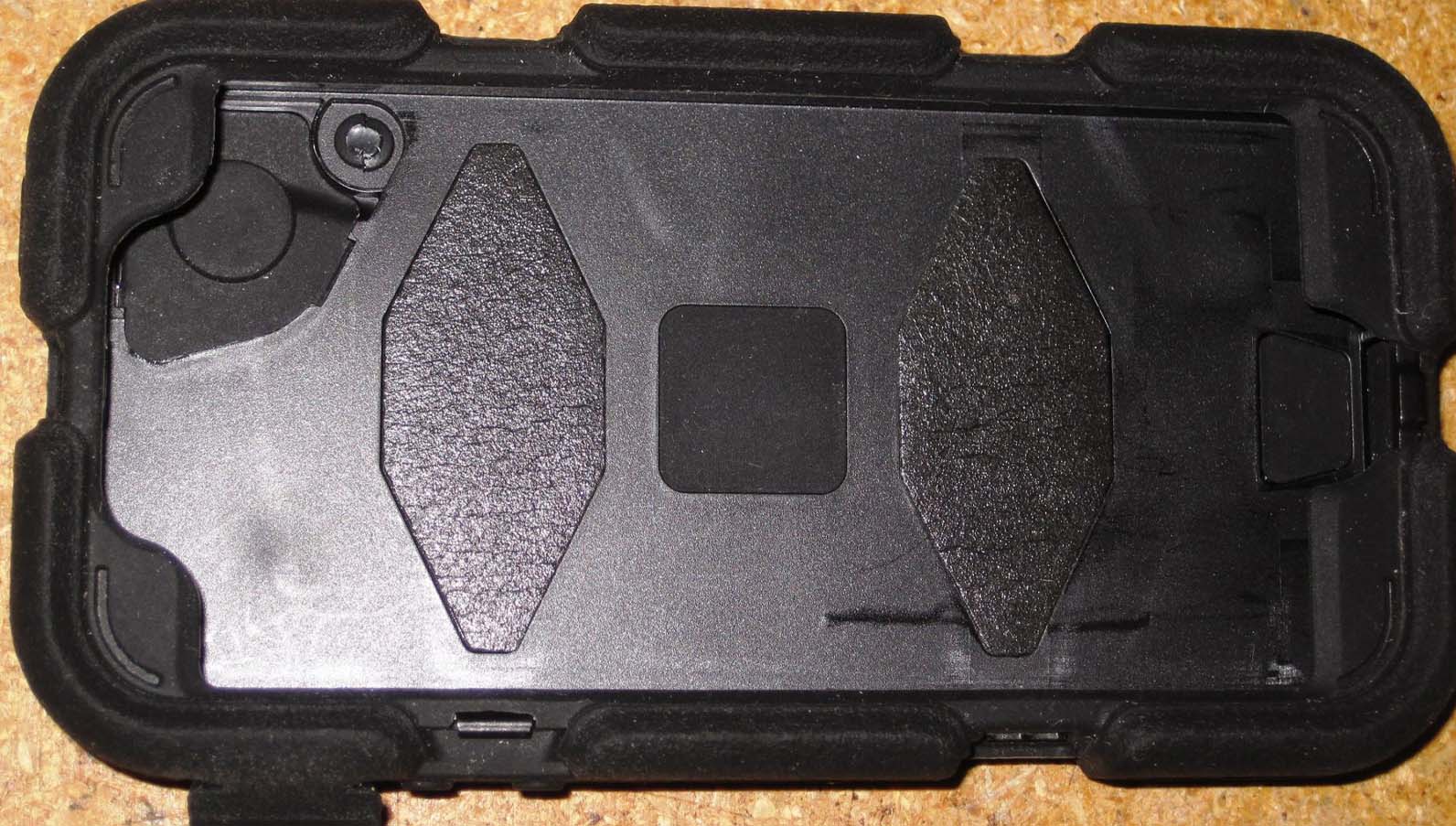A major manufacturer of popular smart phone cases asked Acentech to investigate reasons why a newer design for a robust case was degrading the sound quality of calls made with this case in place, and to provide recommendations for improving the design.
Acentech’s reverberant test room was used for evaluating the effects of numerous case configurations, by exposing a cased phone to a broadband sound field in this room and then analyzing the resulting signals obtained from the voice microphone inside the phone. Acentech’s product sound consultants began to develop an understanding of the effects that this case had on the sound pressure, and used this knowledge to determine the most effective modifications for improving the audio performance of the case.
The manufacturer had concluded from their own evaluations that a membrane used as part of a protective microphone cover on their newer model was transparent to sound. Acentech overcame this bias by performing a set of careful measurements, quantifying the extent to which the membrane was affecting the sound picked up by the voice microphone. Another challenge was developing a methodology for determining the extent to which the case design might be affecting the noise cancellation performance of phones that utilize additional microphones. For this, calls to a phone located in a separate room were evaluated using a nearfield measurement microphone, with and without noise cancellation activated.
Acentech’s main finding was that the membrane used on the case to cover and protect the opening to the voice microphone port on the phone was attenuating sound within the critical cellular transmission frequency range used in North America, leading to muffled-sounding speech. We recommended using a different type of membrane that, while still protective, was more transparent to sound in the frequency range important for speech communication. Another finding was that the space underneath the screen protector was contributing to an acoustic “volume resonance” which was likely distorting the sound picked up by the primary voice microphone.
Acentech’s findings and recommendations will enable this manufacturer to better understand specific acoustic properties that should be built into this and future case designs.


